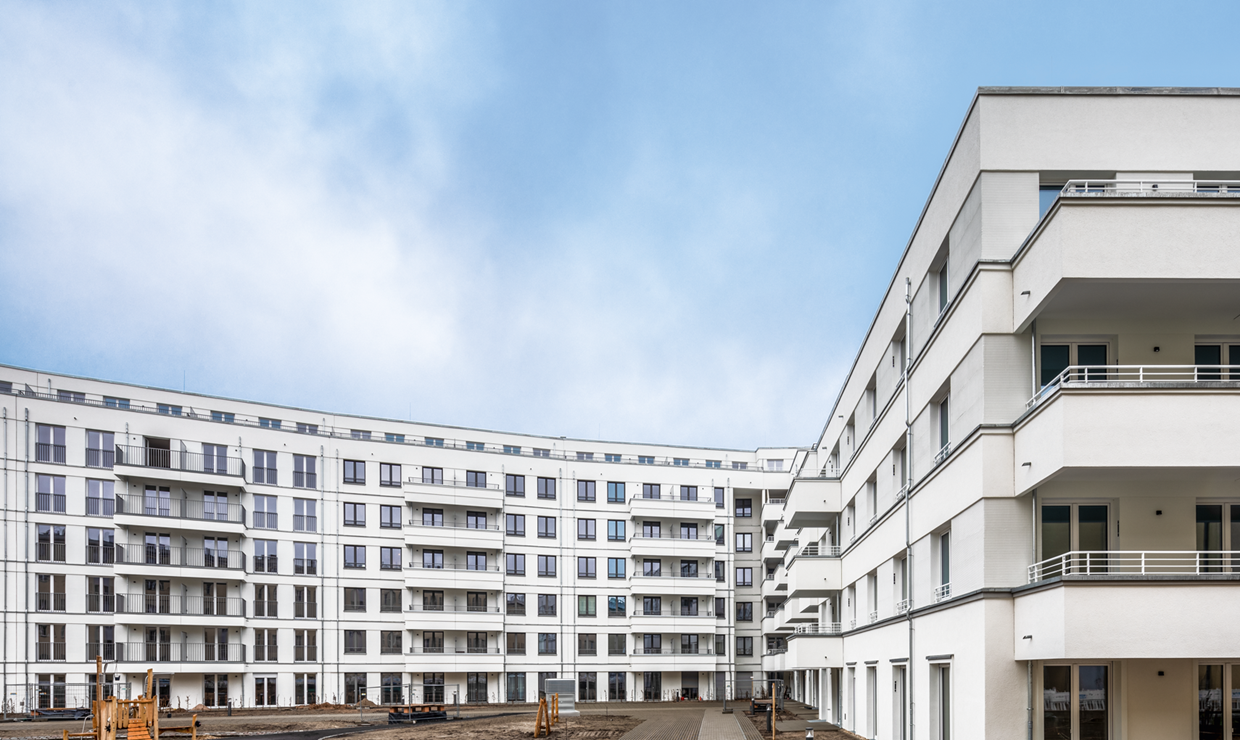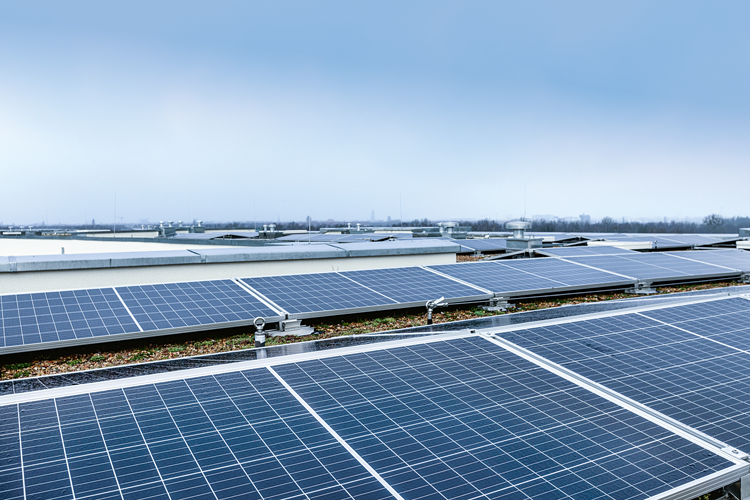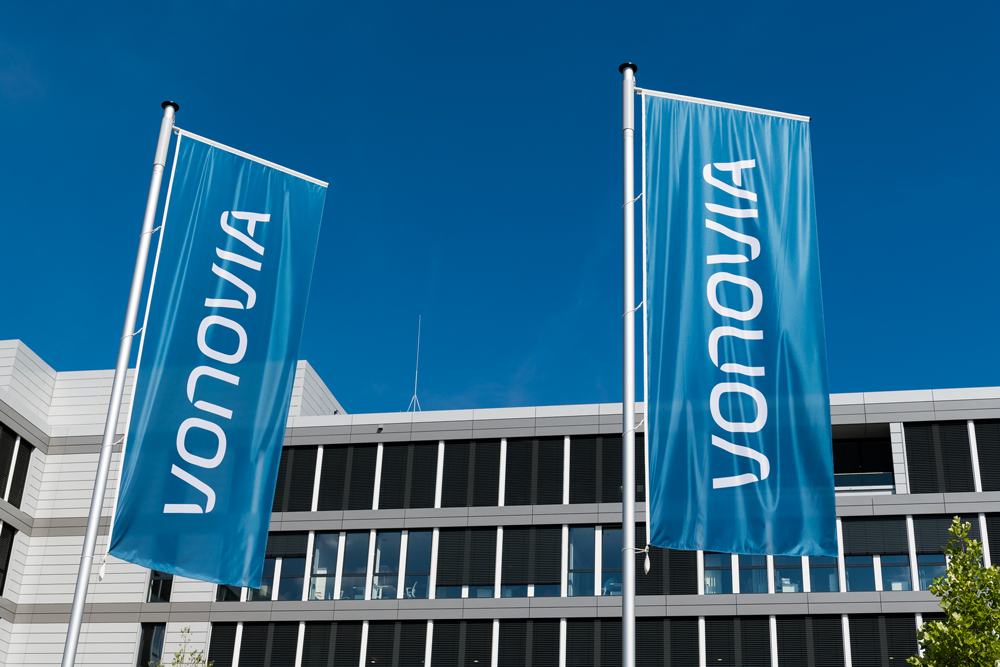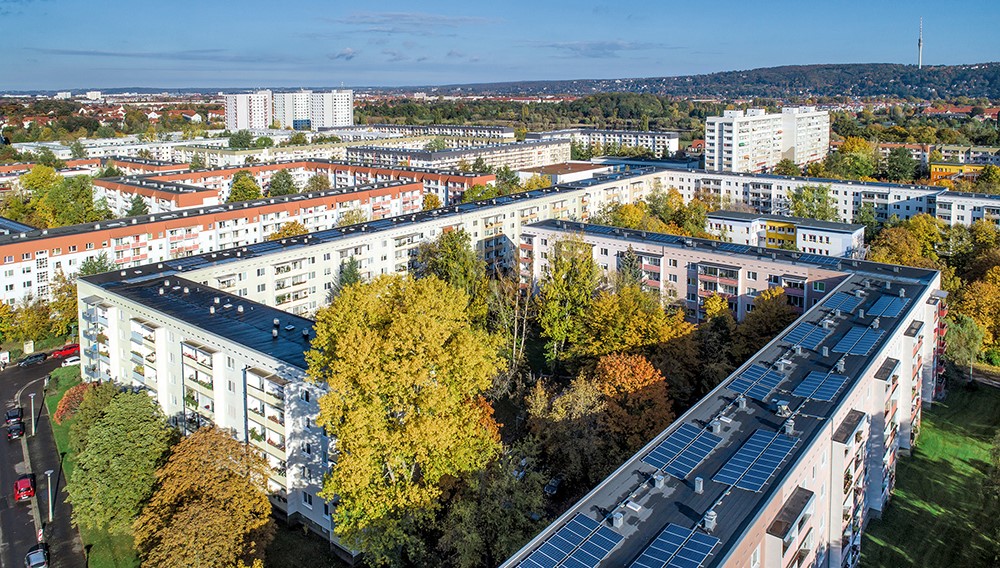As one of Germany’s leading residential real estate companies, we are a member of society. And we’re using this opportunity to tackle society’s tasks: We build apartments to address the shortage of homes in metropolitan areas. We develop neighborhoods and foster social interaction among our tenants – for an environment that is functional and vibrant. With innovative solutions, we can effectively combat climate change. Wherever people are designing the living culture of tomorrow, we are Part of the Solution.
The demand for homes is particularly high in metropolitan areas, so our subsidiary BUWOG focuses on these very regions.
“Our cities need new homes that fit with people’s living environments. These are diverse, sustainable, and tailored to suit the various lifestyles of the residents.”THOMAS MAHLER
HEAD OF PROJECT DEVELOPMENT AT BUWOG

“With an increasing number of development projects, we will add additional chapters to our success story.”EVA WEISS
MANAGING DIRECTOR OF BUWOG

Best practice – Alboingärten in Schöneberg, Berlin: an example of how we contribute to the solution.
We can help shape the environment and life in our neighborhoods in both structural and social terms. We do this as a joint effort – together with local stakeholders and in close cooperation with the municipalities. Our solutions help ensure that our tenants live in diverse and open neighborhoods with real quality of life.

Our “Alboingärten” project is creating a model inner-city neighborhood in the Tempelhof-Schöneberg district of Berlin. In the future, all generations will be able to find a home in the one- to five-room apartments, some of which are barrier-free. The energy supply is also based on a sustainable concept: power is supplied by a cogeneration unit that uses a percentage of biogas. We have also installed photovoltaic facilities on around one-third of the green roofs.

Energy from the sun on the roof straight to the plug: This improves the emission balance. To achieve climate-neutral housing stock, we aim to equip every suitable roof with photovoltaic modules by 2050. The electricity generated by the modules can be used across sectors to generate heat, to provide charging infrastructure for e-mobility and for tenant electricity.
“We take responsibility: for more climate protection, affordable homes and good neighborhoods.”THOMAS WESCHE
REGIONAL AREA MANAGER IN BERLIN


The next generation needs space to create and grow. Providing this space plays a major role in our neighborhood development projects. The main aim is to identify existing needs and respond to them. To achieve this, we cooperate with local social and state institutions, welfare organizations and social agencies, and charitable and cultural institutions. Our partner in the Alboingärten complex is AWO pro:mensch gGmbH.
Affordable and environmentally friendly homes
- 19 residential buildings with 432 apartments
- of which 99 are publicly funded and 149 are barrier-free
- Quiet landscaped courtyards with two playgrounds
- Day care center with 60 places
- 15 residential units for therapeutic housing in cooperation with AWO



